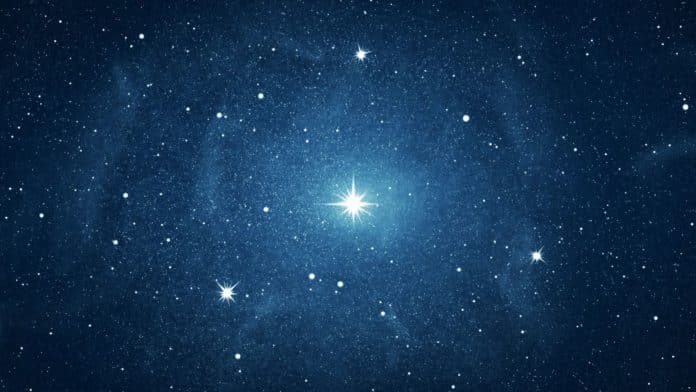Using a network of 20 telescopes worldwide- The All-Sky Automated Survey for Supernovae (ASAS-SN)- astronomers from Ohio State University have identified about 116,000 new variable stars. They later used machine learning techniques to identify and classify these variable stars.
Variable stars are celestial objects whose brightness fluctuates over time, mainly when observed from Earth. The changes in these stars can unveil their mass, radius, temperature, and even their composition. They are sort of like a stellar laboratory, the neat places in the universe that allows scientists/astronomers to study and learn more about how stars work and the little intricacies that they all have.
The team had to bring in previously unused data from the project to find more of these elusive entities. For years, ASAS-SN looked up at the sky through V-band filters, optical lenses that can only identify stars whose light falls within the visible spectrum of colors. However, in 2018, the project switched to g-band filters — lenses that can detect a wider range of blue light — and the network’s capacity increased from 60 million to over 100 million stars at a time.
Later, the team used machine learning techniques to look at millions of stars.
Tharindu Jayasinghe, co-author of the paper, a doctoral student in astronomy, and an Ohio State presidential fellow, said, “If you want to look at millions of stars, it’s impossible for a few humans to do it by themselves. It’ll take forever. So we had to bring something creative into the mix, like machine learning techniques.”
The new study focused on data from Gaia, 2MASS, and AllWISE. Later, a machine-learning algorithm generated a list of 1.5 million candidate variable stars from a catalog of about 55 million isolated stars.
Following that, experts narrowed the field of candidates even more. Nearly 400,000 of the 1.5 million stars they investigated were real variable stars. More than half of them were already known to astronomers, but 116,027 were brand-new discoveries.
Collin Christy, the lead author of the paper and an ASAS-SN analyst at Ohio State, said, “There is still a role for citizen scientists. In fact, volunteers with the citizen science campaign have already started to identify junk data.”
“Having people tell us what our bad data looks like is super useful because initially, the algorithm would look at the bad data and try to make sense of it.”
Jayasinghe said, “This is the first time that we’re combining citizen science with machine learning techniques in variable star astronomy. We’re expanding the boundaries of what you can do when you put those two together.”
Journal Reference:
- C. T. Christy, T. Jayasinghe, K. Z. Stanek, et al. The ASAS-SN Catalog of Variable Stars X: Discovery of 116,000 New Variable Stars Using g-band Photometry. DOI: 10.48550/arXiv.2205.02239
